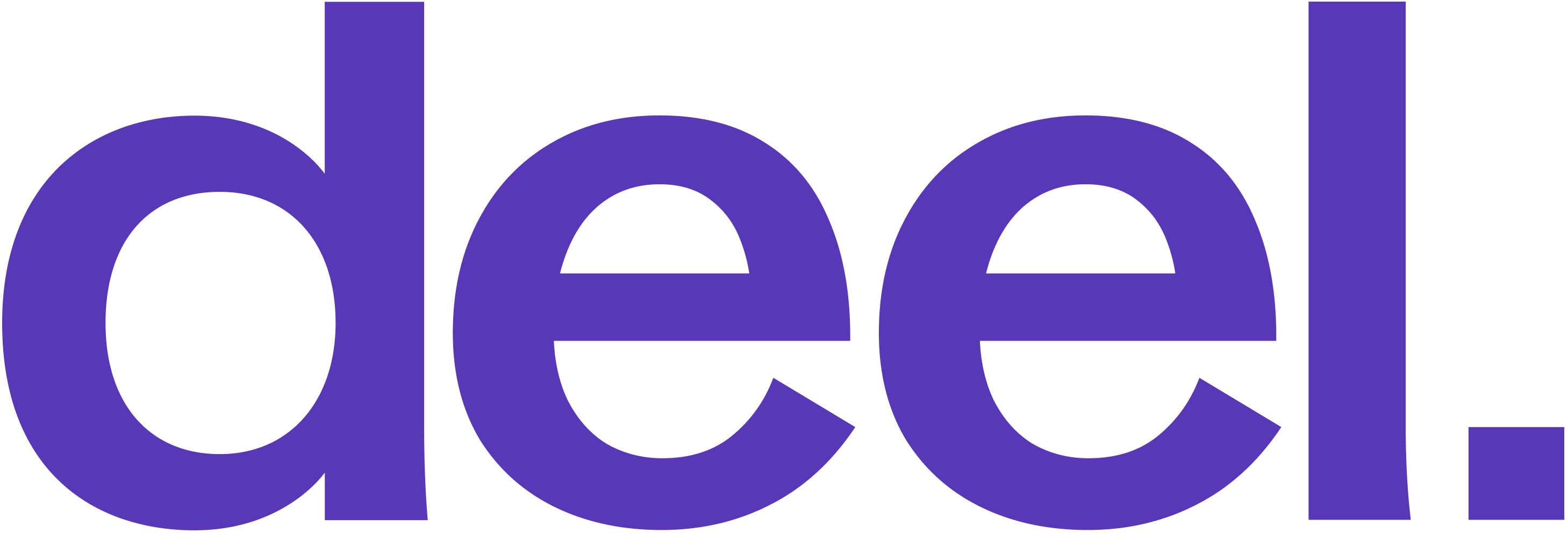Leading Through Influence for RecOps Professionals: A Conversation with Jim Miller
9 minute read
Every company views Recruiting Operations (RecOps) differently. While the technical and hard skills of RecOps professionals may differ, one key soft skill is universal: leading through influence. When trained, this skill makes all the difference in getting support for a new tool, process, or program, and even positioning yourself for a promotion.
I recently sat down with Jim Miller, VP of People and TA here at Ashby, to discuss this topic in-depth.
Interview with a RecOps professional
Jeremy: Thanks for sitting down with me, Jim. I want to start with a question that often comes up with early-career RecOps professionals. How do you work on getting exposure to situations you know will help you get the experience you need to influence people and projects later?
Jim: Thank you for having me! I wouldn’t fixate on one path, because there is no magical solution or formula. Instead, I would focus on exposure and experience, because these can be driven by elements within your control.
Starting with exposure, this comes from raising your hand, but it also comes from curiosity. Even if there are no projects to be worked on, you can still use your time to learn a tool or process inside and outside your normal business group. You can find people who know a topic better than you and then ask them deep-expertise questions. Just remember to explain why you want to know. People love to talk about what they do to someone who is curious, because they’re often asked to do their part and leave. You can also find mentors and advocates by taking a genuine interest and learning from them. Additionally, if you expand to learn other sides of your company, you position yourself to understand or explain broader company changes to your business group.
Now, talking about experience, it’s also important because it helps establish a reputation that will open more doors. If you’re putting in the time to learn systems and tools with a genuine curiosity, the people you talk to will start to bring you into conversations you might not have otherwise. This will introduce you to others and the snowball begins to grow. This is also where you learn to execute all the pieces you’ve been learning.
Jeremy: How do you build your internal network without it feeling political or dirty?
Jim: When it comes to leading through influence, I think there are a few key elements to keep in mind. For starters, you've got to actively and passively build your influence.
I’ll give you an example: let's say your company is on the hunt for a new ATS. To passively increase your influence, you've got to do your homework. Research the top ATS’s on the market, check out their pros and cons, and have a chat with others in your network. If they mention other people they know who may know more about the ATS marketplace, ask for an intro. Then, when it's time to present your findings in meetings, if you disclose how you found your source material, you'll come across as an expert. And when people see you as the go-to for questions, well, you've got some serious influence, haven't you?
But if you want to increase your influence proactively, you've got to reach out to different stakeholders. They will be working with you on this project, so you've got to open those doors. Just be clear on how you think you'll be adding value so they can make a judgment call. And once the project is complete, it's all about maintaining communication so that they don't see your whole involvement as a bit of a one-off.

Jeremy: The passive route is a little like an article you sent me a few weeks ago about incremental gains. Is that right?
Jim: A little bit of yes and a little bit of no there.
Yes, because influence isn’t a sprint. The pieces you need to gain true influence take time. It isn’t grand sweeping gestures but, rather, the little things you do daily build up that influence. That’s the kaizen element of the article and it takes time to identify true areas of improvement.
The little bit of no there comes from the fact that the article incorporates many proactive elements, so you can’t be sitting back waiting for your invite to the table all the time. You sometimes really have to put yourself out there to get the opportunities.
Jeremy: How have you seen this play out for you?
Jim: Before sharing one story that sticks out for me, it’s important to call out that incremental gains and continuous improvement also require a mindset shift. It takes time to identify the improvements you’d like to make and whether or not those are for you or for the company. This is where having a mentor or open channels to different people helps.
Now getting back to it, my own journey to leadership at Google played out like this: I joined as a temp/contract recruiter and quickly built an understanding of the systems used for recruiting at Google, including the in-house ATS. That got me tagged as a system expert and, before I knew it, I was training all new hires on how to use the systems. I also learned how to source using that tool and, coupled with my sourcing knowledge from my agency days, I started teaching sourcing techniques and methods to recruiters in EMEA. I became a permanent employee and continued to teach the skills I had learned. Soon, word spread. Eventually, when there was a leadership gap from the 2009 lay-offs, and a big spike in hiring, I was the obvious person to start Google’s first tech sourcing org outside of the US. From that moment on, I led a variety of orgs across Google ending up in a global leadership role.
Since then, I’ve looked at adjacent spaces and learned what I could, spoken to others about these topics, and tried to bring in different perspectives. I recently did this while trying to reimagine how headcount planning should work, an area adjacent to Talent but typically owned by Finance.
I did some research into best practices and spoke to peers. I even discussed the topic with Talent partners at VCs. I eventually came to the conclusion that headcount planning should be closely aligned to revenue targets vs. ratios of staff across a business. I built a model of the plan and tested it with historical data before presenting my idea to the finance team.
Jeremy: I imagine that some people within your organization thought this plan was aggressive or didn’t like it because they hadn’t thought of it first. How do you prevent getting tagged as a know-it-all or adversarial?
Jim: For that example, it was tact, data, and research. I was supposed to be the expert in filling roles, not headcount, but the key message is that the data to support a change will remove most of the objections.
Confidence is important, but you gain that confidence from your data and research. Having the confidence to walk into a room and say what you think you should do and why to start a discussion is very different than an untactful declaration of what to do with no data, which would trigger some people's natural impulse to argue your idea even if it is good. Instead, I calmly presented the data and the research, highlighting that the data pointed to this solution being the best one and how it benefited everyone involved.
Going into that, I took into account answering the following questions:
- How have others in a similar situation solved the problem?
- What alternatives did you consider?
- What’s the logical reason to change?
- Why should people care about this change?
- How would I help facilitate the change so it’s less of a burden?
- How will you continuously measure the impact of the change to ensure it remains relevant?
- How will we know the change has been a success?
It was clear that my solution was well-researched, fact-based, and worked with our current stage of growth and culture. Even if people didn’t like my idea because I suggested it, they couldn’t argue with the facts.
Jeremy: Those questions are a great framework. Another situation I’ve often seen in my career in RecOps, is that you have to solve an issue but don’t necessarily have data from a system to support it. For your example above, you had clear data. What do you do when you know change needs to happen, but have no data to support it, and have a data-focused leader who won't budge without it?
Jim: There are very few situations in the business world where you don’t have any data. You just might have to create it. For example, suppose you hear from your Engineering interviewers that they can’t access your coding platform consistently when speaking to candidates. In that case, you can take many different data points into account, like cataloging the number of times you receive these requests, looking at the number of licenses you have on the platform, and so much more. Once you have enough stories backed up by facts, you can present those and your solutions.
Always show up with a solution, not just a problem. One reason I joined Ashby was because it provides solutions in a space that often has more problems.
Jeremy: That last piece, “always show up with a solution, not a problem,” seems to come up a lot in conversations with RecOps professionals, especially with feedback. It’s being told to “think strategically.” It sounds profound, but usually not offered up with an explanation for what that means exactly or what steps to take. What are your thoughts for when people hear that and how it impacts influence?
Jim: To me, strategic thinking means thinking long term (a year or more) and building lasting change. Under that, it’s tactical thinking, because you’re aiming for quicker fixes. You have to keep perspective on the project and its goals. It’s possible to have a project that’s months out but is still a tactical project in thinking and execution. Tactical thinking may stick, but should be viewed as a band-aid in the moment. Both need you to leverage influence in different ways. If you always approach things from a tactical way of thinking, then it will be clear to those you are trying to influence that the communications will be execution-focused and tactical in nature.
Jeremy: That is a great thought to close out our conversation. Any last advice you want to impart?
Jim: Just three pieces:
- Change is a constant and we’re seeing plenty of that right now. After moments of adversity and upheaval come new beginnings. The people in the right place to take advantage of the new start can see enormous change and growth in their career trajectory if they set themselves up right.
- Become an expert in everything that goes on in your role and adjacent roles. This will give you a great perspective and help grow your influence.
- When it becomes time to grow again, you’ll be positioned to leap into the role you want -- a leadership role, a program management role, or whatever it may be.



